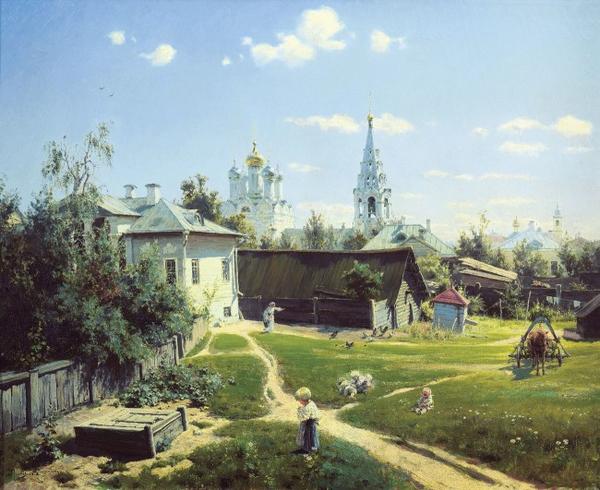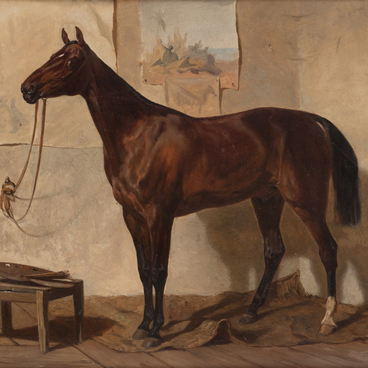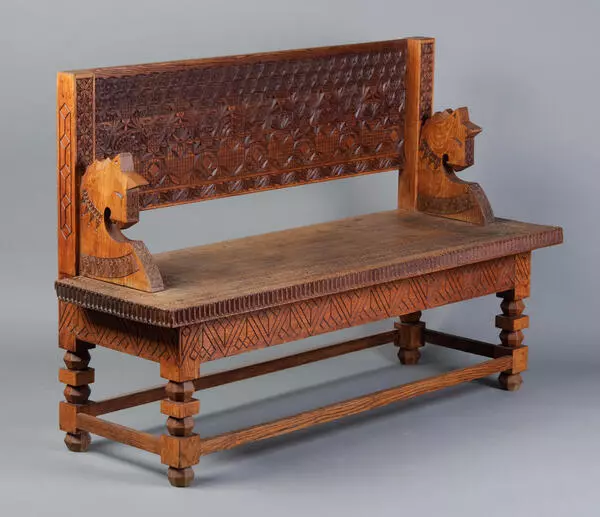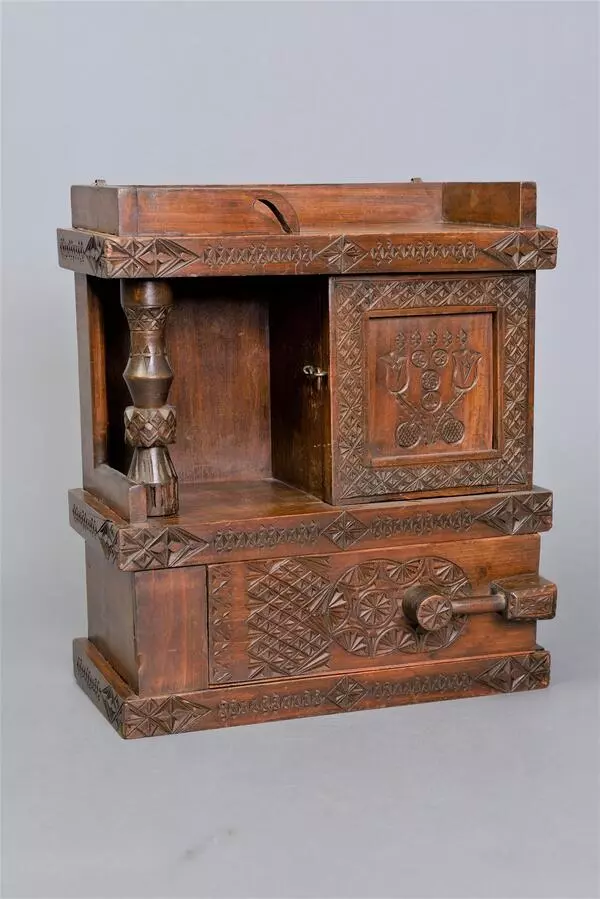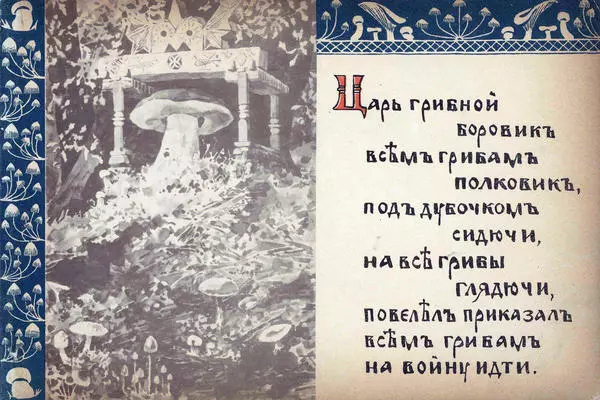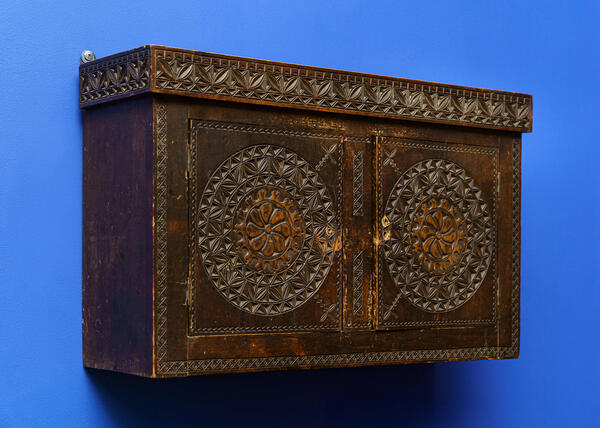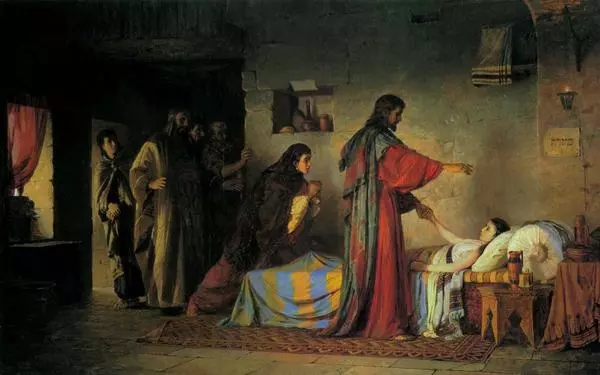Vasily Polenov (1844-1927) came from an ancient noble family. He was brilliantly educated, and he devoted himself to both arts and teaching. The artist is famous as an author of intimate genre paintings that ushered in an idyllic world of Russian antiquity. Polenov described his artistic credo in his letter to another artist, Viktor Vasnetsov: ‘I believe art should give happiness and joy, otherwise it is not worth a thing’.
Odalisque
Время создания
1875
Размер
101x65 cm
Техника
Oil on canvas
Коллекция
Выставка
6
Открыть в приложении#1
Vasily Polenov
Odalisque
#2
#5
Polenov took a long time to find his own way and became known as a landscape artist quite late in life. An 1871 graduate of the Imperial Academy of Arts, the painter was offered a chance to travel abroad for six years. In many ways this trip became a turning point in his life.
#6
V. Polenov. Overgrown Pond. 1879. Source: State Tretyakov Gallery
#11
The foreign country experience helped Polenov to set priorities for his own art: by the time he returned to Russia the artist had already known that his talent was ‘rather close to landscape and genre painting, which I shall take up’.
#7
V. Polenov. The Arrest of a Huguenot. 1875.Source: State Tretyakov Gallery
In 1873 — 1876 Polenov stayed in France together with his classmate Ilya Repine. Apart from lyrical landscapes, he was also captivated by history painting at the time. In 1875, when the Odalisque from the museum’s collection was created, he also did The Arrest of a Huguenot, having depicted a woman with a tragic fate who sacrificed herself for a noble idea. This work brought him the title of the art academician and a first resounding success.
#8
Odalisque has much in common with this work. We see here how precisely Polenov rendered the emotional state of the girl. In the Ottoman Empire odalisques, or “room girls” were maidservants in the female part of the harem, however, in the European and Russian culture they were often taken to be concubines. Hence the feeling of elegiac sadness permeating the painting.
The mystery and grandeur of the Orient had the artist intrigued for a long time. In the early 1880s Polenov set out for a trip to the Middle East, visiting a number of countries, including Turkey, Palestine and Syria. He was excited by the exotic eastern landscapes and the bright clothes worn by the locals. The painting Odalisque can be seen a precursor of the eastern cycle.
There are two versions of the painting, both done by the artist himself. The other work is in the Fine Arts Museum of the Republic of Belarus. However, art scholars do not know which one was done first, and which is a repetition.
The mystery and grandeur of the Orient had the artist intrigued for a long time. In the early 1880s Polenov set out for a trip to the Middle East, visiting a number of countries, including Turkey, Palestine and Syria. He was excited by the exotic eastern landscapes and the bright clothes worn by the locals. The painting Odalisque can be seen a precursor of the eastern cycle.
There are two versions of the painting, both done by the artist himself. The other work is in the Fine Arts Museum of the Republic of Belarus. However, art scholars do not know which one was done first, and which is a repetition.
#9
V. Polenov. Moscow Courtyard. 1878. Source: State Tretyakov Gallery
#10
One of the best-known paintings that made Polenov famous and became his visiting card was the Moscow Courtyard (1878) depicting an idyllic life of the old, provincial Moscow. It was a kind of a manifesto of the plein-air painting that became the artist’s mainstay in his more mature years. Inspired in his foreign trips by the French masters, Polenov believed that the studies created on location were emotionally more expressive than genre paintings.
#12
P.S. Gamzatova Dagestan Museum of Fine Arts
читать дальшескрыть
00:00
00:00
1x
Odalisque
Время создания
1875
Размер
101x65 cm
Техника
Oil on canvas
Коллекция
Выставка
6
Открыть в приложении
Поделиться




